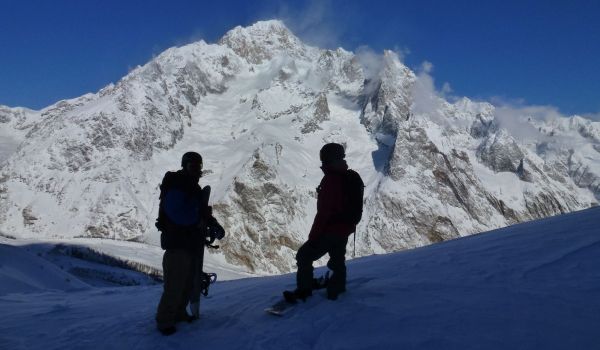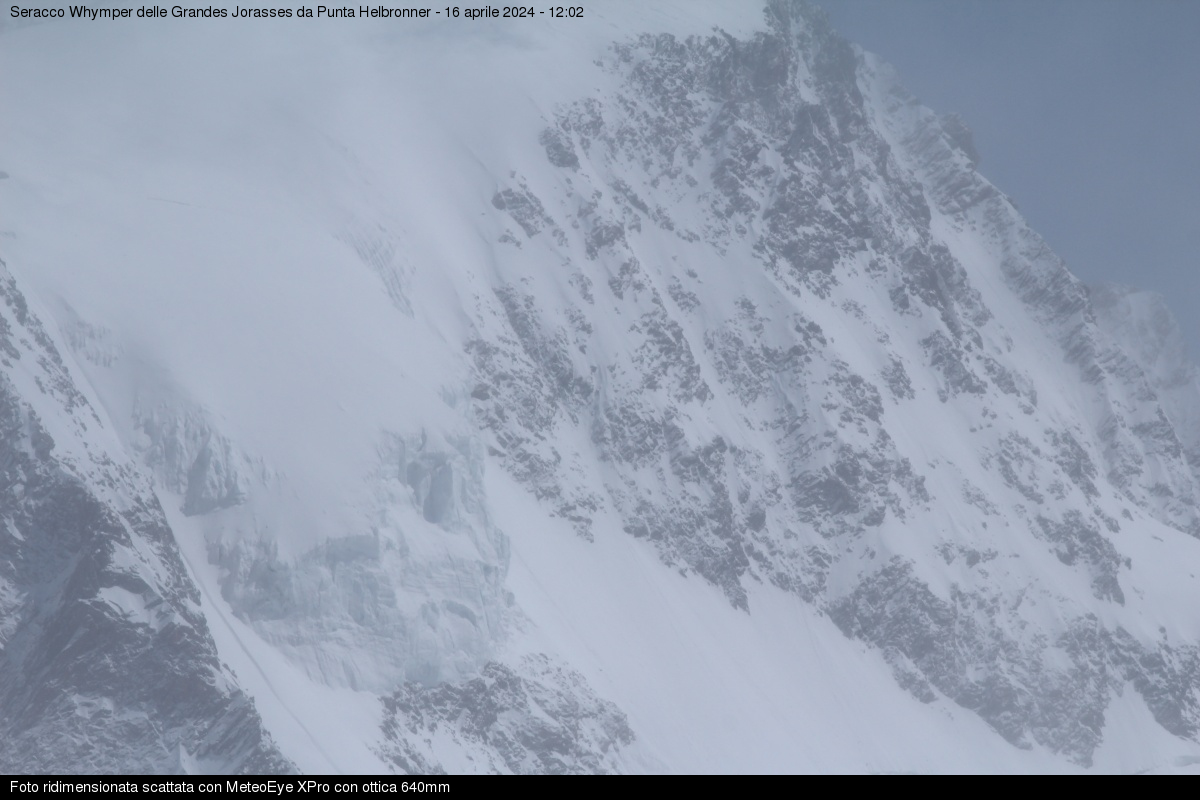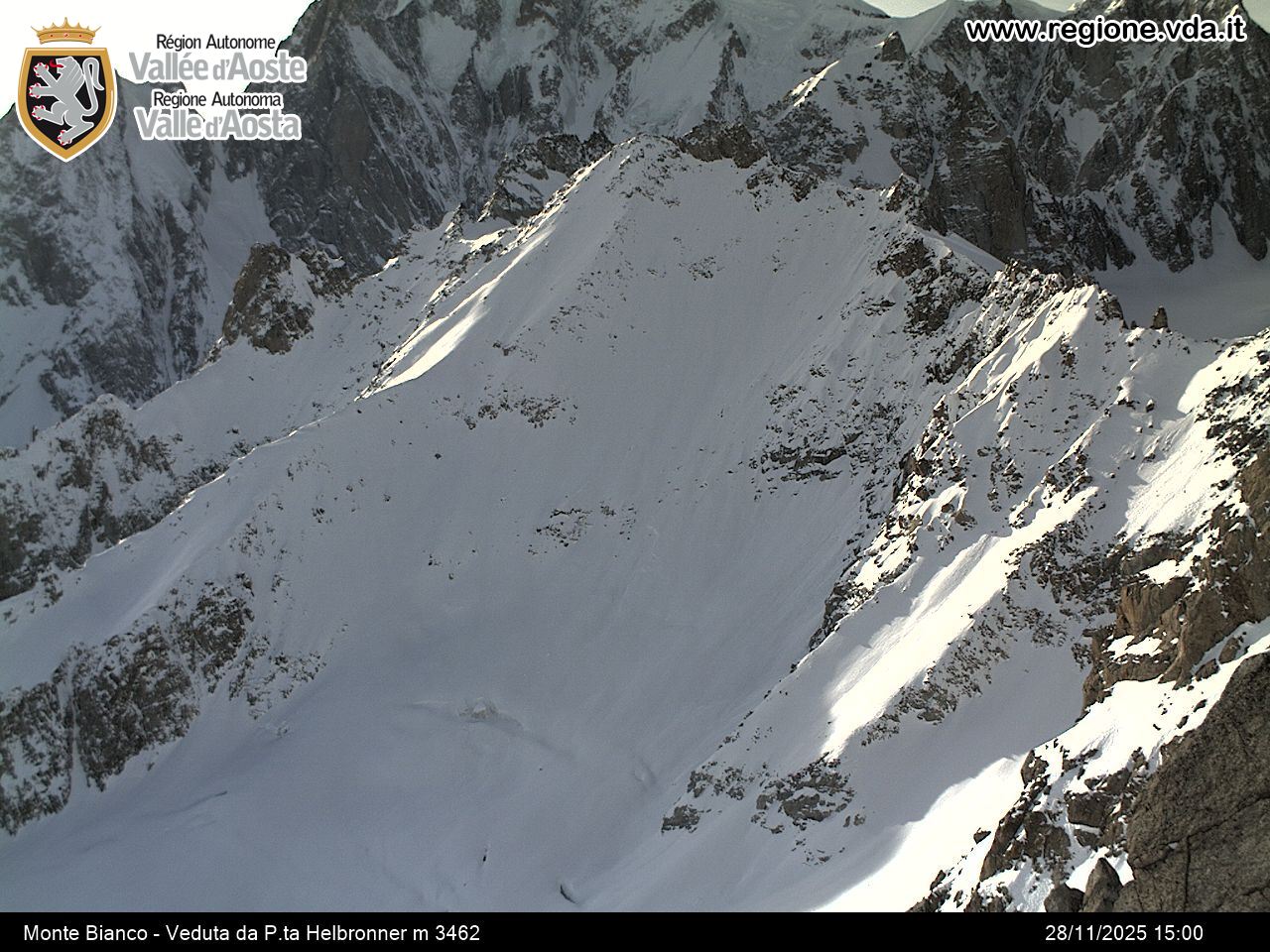Prevenzione e consigliPre
La pratica della montagna richiede conoscenza, esperienza, preparazione, capacità di valutazione e prudenza: non dimenticate che un approccio umile e rispettoso è il presupposto per una buona riuscita!
Prima di partire è importante:
- Informarsi sulle condizioni della montagna e in base a queste scegliere l'itinerario
- Consultare i bollettini meteorologici
- Pianificare l'itinerario tenendo conto della lunghezza e del dislivello del percorso e adattarlo alle proprie condizioni fisiche e capacità tecniche
- Se non si è sicuri delle propria capacità rivolgersi ai professionisti della montagna
- Allenarsi fisicamente
- Dotarsi di equipaggiamento in perfetto stato di utilizzo ed abbigliamento adeguato
- Preparare lo zaino in modo funzionale e adattarlo alla gita che si fa, non dimenticare un cellulare con batterie cariche, eventualmente un GPS
- Comunicare a qualcuno (rifugista, familiare, amico) la meta, l'itinerario scelto e l'ora prevista del rientro
- Saper rinunciare in caso di dubbio!
Norme di comportamento:
Durante l'escursione considerate il variare delle condizioni meteorologiche, stimate la vostra posizione e controllate i tempi di percorrenza in funzione di queste, nonché del proprio stato fisico e di quello dei compagni.
Ricordate:
- in montagna ci possono essere repentini cambiamenti climatici ed atmosferici
- la temperatura si abbassa di 6/7 gradi ogni 1000 metri e i venti forti in quota determinano l'effetto "windchill", ovvero intensificano notevolmente la percezione di freddo
- la dispersione termica avviene maggiormente dalla testa, dalle mani e dai piedi, necessitano quindi di un'accurata protezione
- l'ipotermia sopravviene rapidamente e ha effetti su tutto l'organismo provocando congelamento con effetti rilevanti e accrescendo il degrado psico-fisico
- la fatica può essere contrastata solo da un idoneo allenamento: la preparazione inadeguata, il dispendio energetico, la disidratazione, la scarsa acclimatazione causano un rapido decadimento fisico con conseguenze sulla capacità de valutazione e di decisione
- in quota il minor utilizzo di ossigeno presente nell'aria può provocare il male acuto di montagna caratterizzato da mal di testa, insonnia, stanchezza, nausea e degrado psico fisico fino a gravi complicazioni: è fondamentale un preventivo acclimatamento ed adeguate alimentazione ed idratazione.
L'unica cura efficace è una rapida ma prudente discesa!
Prevenzione sicurezza in montagna

Winter
Ski mountaineering trips or free ride downhill skiing start long before you put on your skis... to see the snow and avalanche reports and to find out the snowpack conditions and possible dangers (gullies or dangerous drops) are all activities that should not be underestimated.
Before leaving, it is important to:
- Know the European scale of avalanche danger; see the snow and avalanche reports, the weather forecasts, as well as the weather development of the previous days
- Ask the mountain professionals who work on site, when in doubt
- Remember that it is a good rule never to face a route alone and never to forget a mobile with charged batteries
- Tell someone (hotel, friends, family) your destination or your itinerary
- Be adequately prepared, even to deal with an emergency situation such as avalanche accident: it is advisable to practice regularly in ARTVA (avalanche rescue) training camp
- Equip oneself with safety kit: avalanche beacons (ARTVA in Italy, ARVA in France), probe and shovel checking their proper functioning (there are also avalanche beacons Check Point at the point of departure of the main off-piste) and any other safety equipment (airbag backpacks, Avalung) depending on the route chosen
- Equip oneself in a comfortable and sheltered place, wear avalanche beacons under the garments that could be taken off (on the first layer of clothing), do not remove it or turn it off even if you pause in order to avoid forgetfulness
- Change route or give up in case of doubt!
Rules of conduct
The main winter dangers in the mountains, regarding the practice of off-piste, ski mountaineering and snowshoe hiking, are represented by avalanches.
Remember:
It is of fundamental importance to choose the appropriate equipment - a few tips below:
- Old avalanche beacons have much lower range than they had when they were new;
- Frequent use wears out batteries, therefore check regularly the charging status and if in doubt replace them; the batteries must always be charged otherwise they halve beacons' range
- Use only high performance batteries
- If used in a damp place, dry the transceiver by removing the batteries
- Keep the avalanche beacons away from heat sources
- Keep a control board of the avalanche beacons where you periodically record maximum and minimum ranges, maintenance carried out and any malfunctions
- If you do not use the avalanche beacons for a long period, remove the batteries
- The probe should be metallic, at least 240 cm long and based on ‘speed folding' system that allows you to assemble it in a few seconds
- The shovel should be metallic, sturdy, allowing quick assembly, of reduced weight and low bulk.
- In the free ride practice it is advisable to wear safety helmet, back protector and mask with plastic lenses.
- Map, altimeter and compass or GPS are also basic for ski mountaineering and snowshoe hiking
Links
Campi ARTVA
Video sci fuoripista in sicurezza
Canale You Tube di FMS
Video informativi sulla sicurezza in montagna

















